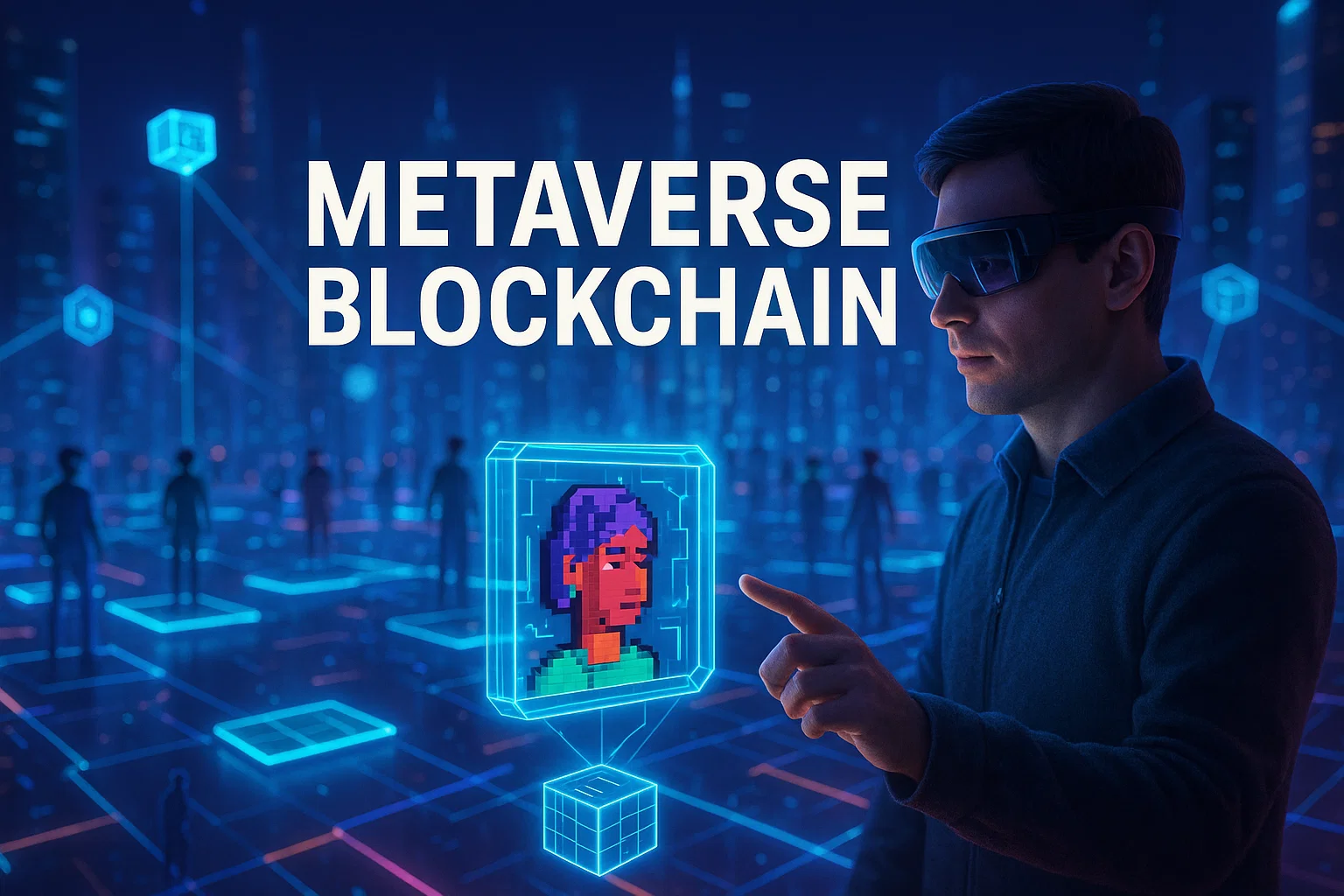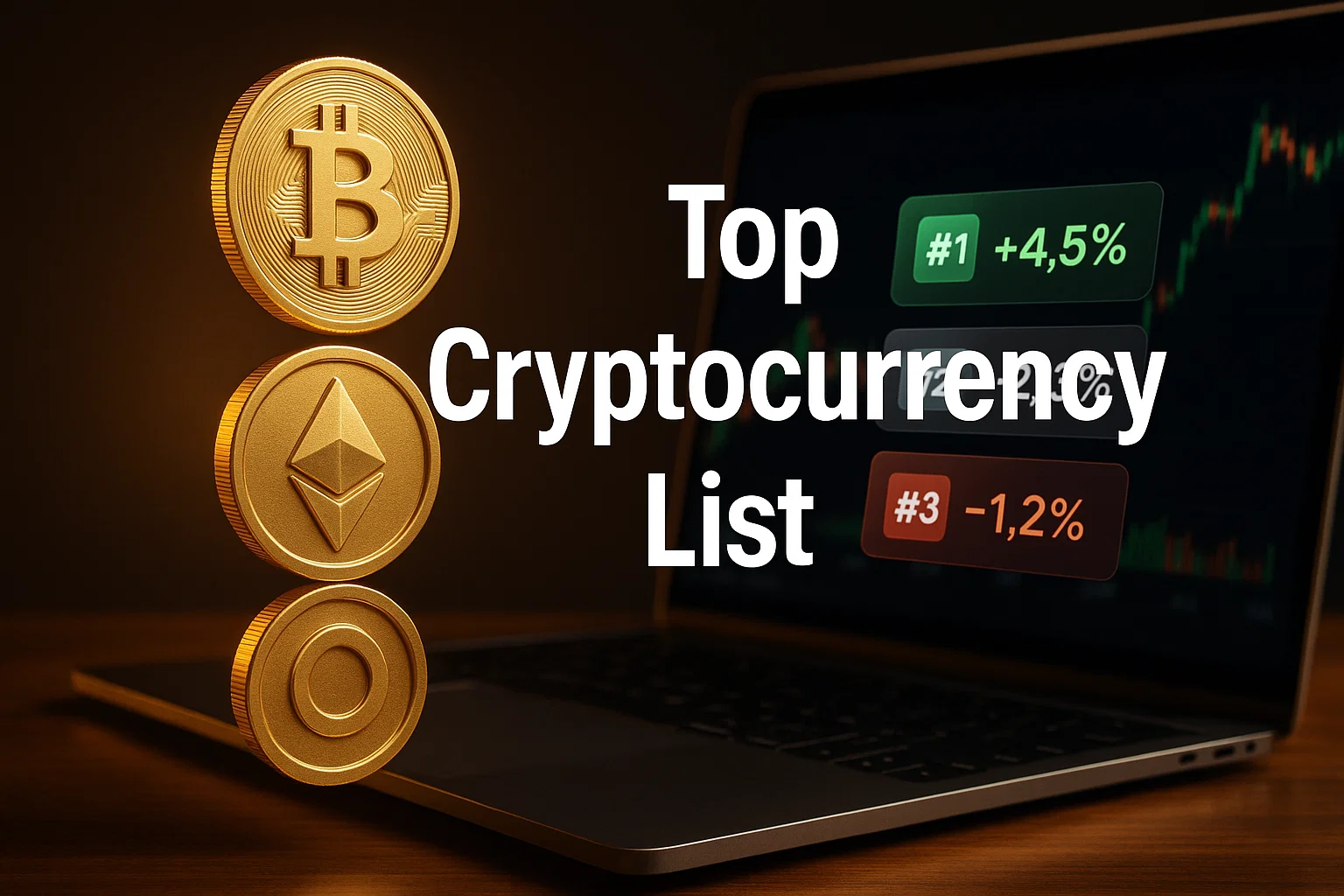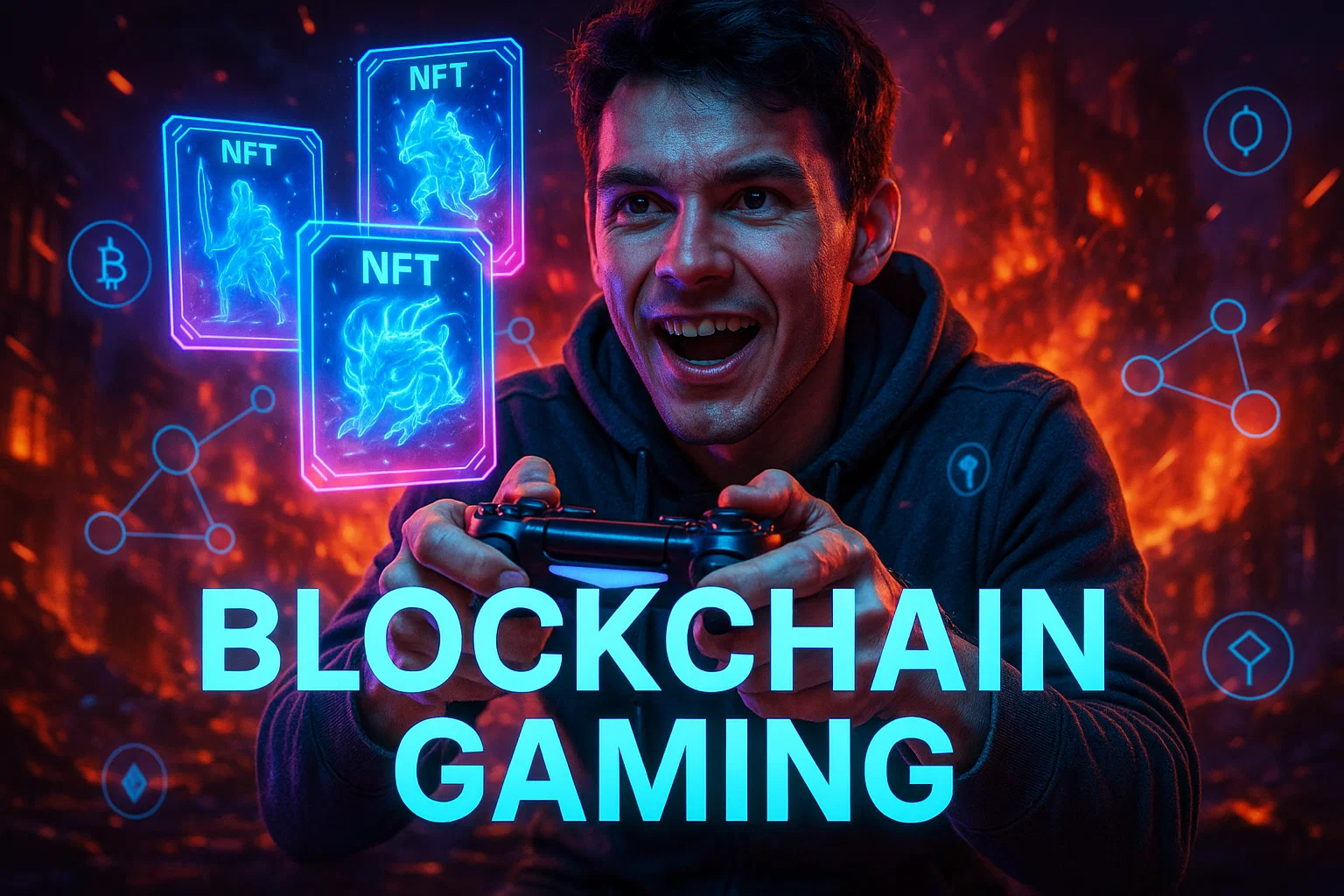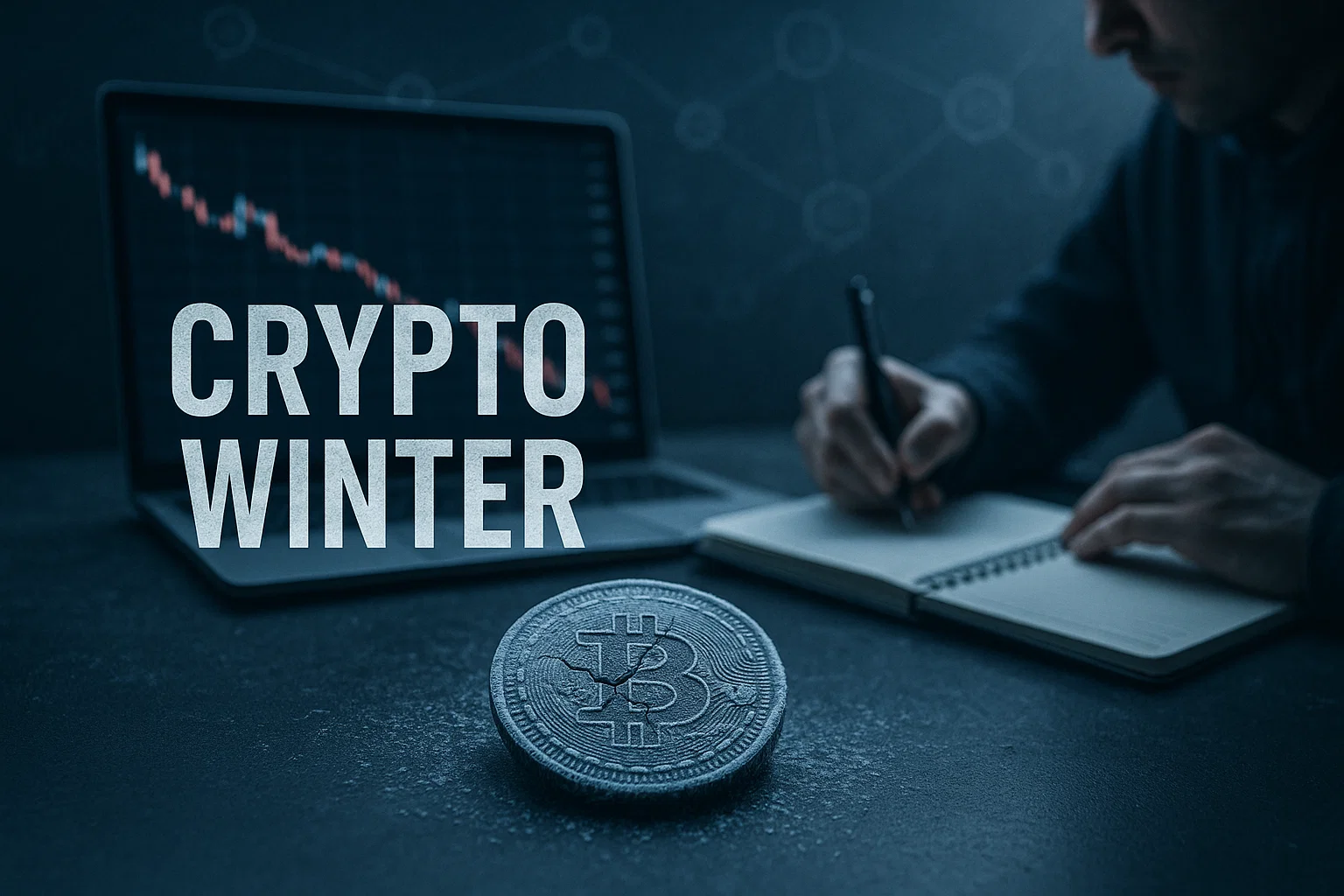Metaverse blockchain lets you create interoperable virtual worlds with on-chain ownership and token economies; use this guide to design tokenomics, prototype composable assets, and launch responsibly with clear dev and compliance steps.
Introduction
Metaverse blockchain sits at the junction of immersive virtual worlds and decentralized infrastructure, and this article is informational with practical, step-by-step guidance you can use to design and launch experiences. You will learn what defines a metaverse blockchain project, why blockchain matters for ownership and interoperability, and how to turn an idea into a prototype that players and partners can test. I’ll reference developer platforms and token design early so you can map technical choices to game, social, or commerce use cases. In my experience, focusing on a single, well-defined user loop and clear token utility reduces risk and accelerates adoption. This guide gives you concrete design patterns, a developer snippet, tooling recommendations, a compliance checklist, and growth tactics to move from concept to production.
What the metaverse blockchain is, and why it matters
Defining the core concept
Metaverse blockchain describes the use of blockchain technology to enable ownership, provenance, and interoperability inside virtual worlds and shared digital spaces. When assets like avatars, land, or items live on-chain, users truly own, transfer, or monetize them independent of any single platform.
Background and context
The metaverse concept blends 3D spaces, social interaction, and digital commerce. Blockchain adds on-chain identity, NFTs for unique assets, and tokens for economies. Together they enable experiences where assets can move across apps, marketplaces, and platforms when standards and bridges exist.
Why blockchain matters for metaverse projects
- Ownership: NFTs record provenance and ownership, giving users portable assets.
- Interoperability: Standards like common token formats enable cross-platform use.
- Monetization: On-chain tokens enable marketplaces and composable business models.
- Trust: Immutable records and open contracts support verifiable scarcity.
Subtopics: standards and bridges
- Token standards provide predictable behavior for assets and approvals.
- Layer 2 and sidechains handle scale and low-cost interactions, making the UX smoother.
- Bridges and interoperability layers let assets move across ecosystems, albeit with complexity and risk.
How to design and build a metaverse blockchain project, step-by-step
This practical sequence takes you from idea to a testable prototype.
- Define the user loop and product value
- Clarify what players do hourly, daily, and long-term. Is the core loop social, creative, or commerce-first? Define a single metric you’ll optimize, such as DAU retention or marketplace liquidity.
- Choose on-chain vs off-chain boundaries
- Put ownership, trade, and critical provenance on-chain. Keep latency-sensitive, high-frequency gameplay off-chain or on an L2 to maintain responsiveness.
- Draft tokenomics and asset roles
- Define asset types: governance tokens, utility tokens, NFTs, currencies, and sinks. Simulate supply, emission, and sink mechanics to avoid runaway inflation.
- Prototype minimal asset flows
- Build a small prototype that mints a few NFTs, allows transfers, and lists items on a simple marketplace. Keep the gameplay loop separate so you can iterate economics independently.
- Test with a small cohort
- Run a closed alpha to validate retention, trade behavior, and UX like wallet onboarding. Collect qualitative feedback from real users.
- Audit and harden contracts
- Before a wider launch, audit contracts, add multi-sig controls for minting, and design rollback procedures for economic emergencies.
- Prepare launch and monitoring
- Monitor on-chain flows, marketplace spreads, and key social signals. Be ready to adjust token sinks or emission if metrics diverge from simulations.
Developer example — mint a simple ERC-721 metadata token (Node.js)
// node
// Minimal example: use ethers to prepare a contract call for ERC-721 minting
// This is a simplified snippet for prototyping only
const { ethers } = require("ethers");
async function prepareMint(providerUrl, privateKey, contractAddress, metadataURI) {
try {
const provider = new ethers.providers.JsonRpcProvider(providerUrl);
const wallet = new ethers.Wallet(privateKey, provider);
const abi = [ "function mint(address to, string memory tokenURI) public returns (uint256)" ];
const contract = new ethers.Contract(contractAddress, abi, wallet);
const tx = await contract.mint(wallet.address, metadataURI, { gasLimit: 300000 });
await tx.wait();
console.log("Minted token, tx:", tx.hash);
} catch (err) {
console.error("Mint failed", err.message);
}
}
Explanation: This snippet shows a minimal mint call using ethers. Replace the ABI and contract with your production contract and secure keys in environment variables.
Best practices, tools, and recommendations
The right patterns and tools reduce friction and increase safety.
Best practices
- Separate concerns: keep gameplay servers decoupled from on-chain asset logic.
- Make onboarding simple: integrate custodial wallets, social logins, or wallet-less flows for first-time users.
- Design sinks: add meaningful ways for tokens to be spent to control inflation.
- Limit initial minting: stagger supply and avoid open mints that immediately dump to markets.
- Prioritize audits and transparent docs: publish tokenomics, mint schedules, and governance rules.
Recommended tools, pros and cons, and quick install tips
Alchemy
Pros: robust node access, NFT APIs, and analytics.
Cons: paid tiers for heavy calls.
Tip: sign up for a dev key and use their NFT API for metadata and mint tracking.
IPFS / Filecoin
Pros: decentralized storage for asset metadata and art, reduces single-point failure.
Cons: pinning and retrieval performance needs planning.
Tip: use a pinning service or gateway for consistent retrieval.
Layer 2 networks (e.g., Polygon, Optimism)
Pros: low gas costs, faster UX for users.
Cons: bridge complexity and some security trade-offs.
Tip: prototype on a testnet L2 to measure UX before mainnet moves.
Metrics to monitor
- On-chain transfers per active user.
- Marketplace fill rate and average time-to-sell.
- Token sink velocity and reserve health.
- Wallet onboarding drop-off rate.
Challenges, legal, and ethical considerations
Metaverse blockchain projects face technical, legal, and social hazards; plan mitigations early.
Technical risks
- Bridge vulnerabilities can cause asset loss when moving across chains.
- Scalability and UX, gas costs discourage casual users unless abstracted.
- Smart contract bugs, which can make assets irrecoverable.
Legal and regulatory issues
- Token classifications vary by jurisdiction, and tokens with investment-like promises may trigger securities rules.
- Virtual goods and money transmission laws may apply to in-game economies.
- Age restrictions and consumer protection matter for monetized games.
Compliance checklist, actionable items
- Map asset flows and custody, label which parties hold keys.
- Apply KYC and AML where needed for fiat on/off ramps.
- Publish clear terms, refunds policy, and risk disclosures.
- Retain audit logs and transaction records for regulators and disputes.
- Consider delaying or token-gating certain features until legal clarity is obtained.
Alternatives and mitigations
- Use non-transferable in-game keys or custodial representations to avoid securities classification.
- Launch with cosmetic NFTs only, or use off-chain registries with custodial marketplaces.
- Partner with licensed custodians for fiat rails and custody.
Industry guidance suggests aligning token utility with clear product features and documenting launch mechanics to avoid regulatory ambiguity. (CoinDesk)
Developer best practices emphasize testing bridges, auditing contracts, and designing recovery plans to reduce operational risk. (Google)
Growth, governance, and long-term operations
Plan for community governance, treasury management, and iterative economic tuning. Use on-chain voting sparingly, with guarded timelocks and multi-sig controls. Seed liquidity thoughtfully, incentivize long-term holders with vesting, and invest in community education to reduce churn and speculation-driven volatility.
Conclusion and call to action
Metaverse blockchain gives you new levers for ownership, commerce, and interoperability inside virtual worlds, but success depends on thoughtful tokenomics, strong user experience, and rigorous security. Start with a narrow player loop, prototype asset flows, add helpful sinks, and audit before scaling. Key takeaways: design utility first, abstract UX friction, audit and monitor continuously.
Welcome to Alamcer, a tech-focused platform created to share practical knowledge, free resources, and bot templates. Our goal is to make technology simple, accessible, and useful for everyone. We provide free knowledge articles and guides in technology, offer ready-to-use bot templates for automation and productivity, and deliver insights to help developers, freelancers, and businesses. For support building metaverse blockchain prototypes, tokenomics consulting, or secure contract development, reach out to Alamcer and we’ll help you move from prototype to live product.
External links and resources for deeper reading:
- Google Search Central for content and developer best practices (Google Search Central)
- Moz SEO guide for improving discoverability and CTR (Moz)
- SEMrush resources for research and keyword insights (SEMrush)
- Official developer docs and standards for token formats and chains (official docs)
Bold takeaways:
Start with a single, strong player loop, not broad features., Model token supply and sinks before launch., Audit contracts and plan recovery playbooks.
FAQs
metaverse blockchain
Metaverse blockchain is the use of distributed ledger tech to provide ownership, provenance, and token-based economies inside virtual worlds, enabling transferable assets and composable experiences.
How does blockchain improve virtual ownership?
Blockchain assigns verifiable ownership and provenance via NFTs and tokens, so items can be traded, audited, and moved between compatible platforms when bridges and standards exist.
Should I put game logic on-chain?
No, keep latency-sensitive game logic off-chain or on fast L2s. Put ownership, trade, and important proofs on-chain to balance UX and trust.
How do I design tokenomics that avoid inflation?
Model supply, emission schedules, and sinks, add burn mechanics or utility, and simulate extreme scenarios to prepare governance responses.
Which chains are best for metaverse assets?
Choose chains or Layer 2s with low fees, strong tooling, and active wallets in your target audience; prototype on testnets before committing to mainnet.
How do I onboard non-crypto users?
Use social logins, custodial wallets for first runs, gas abstraction, and clear, visual onboarding that explains custody and risk.
Do I need a legal review before launching tokens?
Yes, consult legal counsel about token classification, money transmission, and consumer protection, especially if offering financial returns.
How do I protect user assets from bridge risks?
Limit bridge exposure, use audited bridges, maintain recovery procedures, and clearly disclose bridging risks to users.
What monitoring should I add post-launch?
Track on-chain flows, marketplace liquidity, unusual minting patterns, and retention metrics, and set alerts for sudden economics changes.
When should I consult a professional?
Consult developers for audits, security experts for contract hardening, and legal professionals for regulatory and compliance checks before any public token sale.
Compliance & disclaimer
This article is educational and not legal or financial advice. Follow platform Terms of Service and applicable privacy and financial regulations like GDPR or CCPA when handling user data or tokens. For specific legal, tax, or regulatory guidance, consult a qualified professional.



